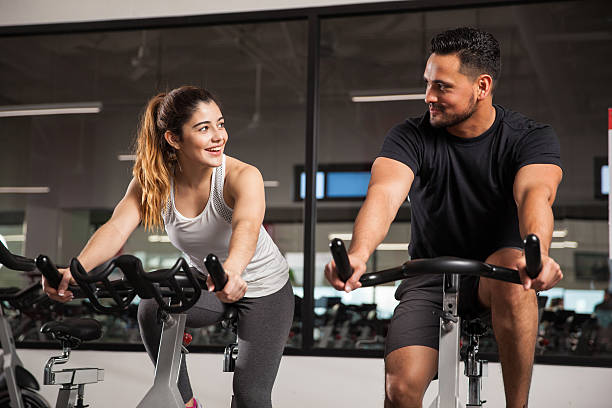Do you want me to encourage you to practice swimming? This discipline is perhaps the most complete and pleasant exercise, but its practice carries certain risks. The waves, the currents, the depth, and the lack of oxygen are factors that can harm us in an environment that is not our entire domain: the aquatic environment.
In 2016, at least 437 people died from drowning in Spain alone. We are talking about a fairly high mortality statistic that affects children and adults almost equally. However, the idea is not to deprive us of swimming, but to create the appropriate safety conditions to be able to enjoy it.
Tips for swimming safely
As we already mentioned, it is not about depriving ourselves of the benefits of this sport. Rather, it is learning to take the correct measures so as not to have to go through scares or emergencies. In the following space, we share a series of tips to keep in mind with the lifeguard class.
Bathing alone is not recommended
Many water accidents end in drowning because the victims do not have support during the emergency. An arm that supports us, or the arrival of help on time, will make everything a simple scare.
For this reason, it is advisable to make groups of at least three people practice swimming on the beach. This is a priority when it comes to children, heavy adults, and people who do not master swimming techniques.
Active surveillance of children
The correct thing is that parents and other family members enter the water when the children of the house do. If this is not the case, it will be essential to maintain active and constant eye surveillance to act in the event of any emergency.
In addition, it is always necessary to establish certain limits for the smallest and call them to prevent the tide from dragging them to the bottom.
beware of the depths
Deeper in the sea, waves are higher and ocean currents occur more frequently. This, of course, greatly increases accidents. Therefore, it is best to set limits to enjoy this type of environment.
swimming after eating
There is no conclusive scientific evidence linking practicing swimming in full digestion with the occurrence of medical emergencies. However, there are cases of people who tend to suffer from internal complications when they perform physical activities minutes after consuming a meal.
Learn to swim
There is an idea that a large part of aquatic accidents occur because their victims do not know how to swim. For sure, not mastering the proper technique will give us less capacity for response and maneuver during an accident.
Going to great depths and not knowing how to swim means entering an environment that we do not control and in which we have less chance of surviving. It is advisable to attend classes and advance little by little while we learn to stroke.
measure the terrain
There are swimmers who enter rivers and beaches without weighing the terrain with due caution. Actually, recklessness in seas and oceans is one of the worst decisions we can make, even if we master the technique of swimming.
It is best to touch the bottom little by little to know the level of depth and what comes next. Having this attitude will allow us to detect some marine currents and stop to appreciate how far we are from the shore.
Use of floats
The floats or “muffs” help to float without the need to exert any physical force. Its function is to keep us above the water and reduce the risk of involuntary drowning.
We know that children should use them even if they can swim proficiently. However, the elderly and people with temporary disabilities should also use them, to avoid unnecessary risks.
Be careful not to hold your breath
Completely submerging and seeing the bottom of the aquatic environment while holding our breath can be attractive, fun, and an experience for young and old. The important thing is not to do it for long periods of time or at great depths.
A simple mistake could cause us to swallow water and block our airways completely. The chances of something going wrong are considerable, especially if it is minor.
Watch out for the deep end of the pool
Although it may not seem like it, there are still people who drown in a swimming pool. Two minutes may be enough for a child’s lungs to collapse from the uncontrolled entry of water.
For this reason, parents should ensure that their children do not walk unattended into the deepest reaches of the pools. If we cannot see the bottom from the outside there will be a reason to be alarmed.
However, if we take these measures into account, we will be able to practice swimming and enjoy aquatic environments without much problem.





